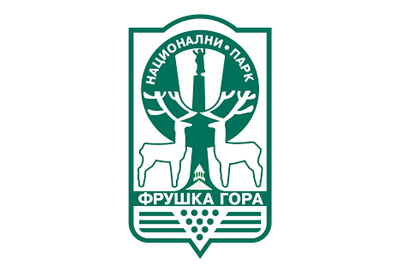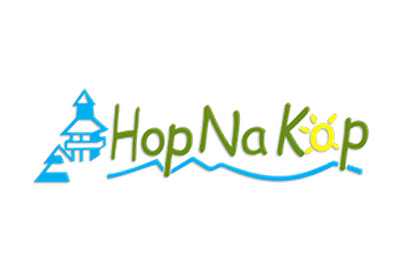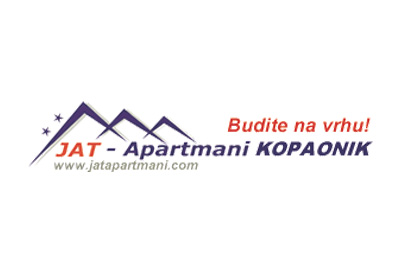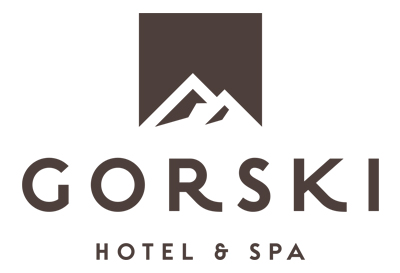Under the influence of natural, historical, economic, and social factors, as well as the geographical location of Kopaonik, the population of this area has varied in number and structure over time. Kopaonik, as a multi-ethnic space inhabited by Serbs for centuries, has also been home to other peoples, including Saxons, Latins, Dubrovnik residents, Dalmatians, Montenegrins, and Vlachs. The settlements in the Kopaonik region and its surrounding areas are characterized by a dispersed type of construction, with villages spread across the hills, each family having its own small settlement within which houses are closely packed. The settlements within the National Park Kopaonik have evolved on the remnants of ancient and medieval settlements. The majority of the current population in the Kopaonik region arrived after the Great Serbian Migrations. The most significant migration waves came from Montenegro, Herzegovina, Northern Albania, Kosovo, Metohija, and to a lesser extent from southeastern and southern Serbian regions. The incoming population settled in elevated areas, hills, and slopes, which provided a better view of the surroundings and protection from enemies. Thus, the Kopaonik area is rich in geographical nomenclature.
The National Park area, including its protected zone, encompasses a total of 19 settlements: 10 in the municipality of Raška, 7 in the municipality of Brus, and 2 in the municipality of Leposavić. Within the National Park, but outside the protected zone, are the territories of the following settlements: Brzeće and Ravnište (municipality of Brus); Badanj, Kopaonik settlement, Crna Glava, Kriva Reka, Jošanica Spa, Kremiće, Smeteš, and Lisina (municipality of Raška); Bozoljin, Kneževo, and Livađe (municipality of Brus).


















